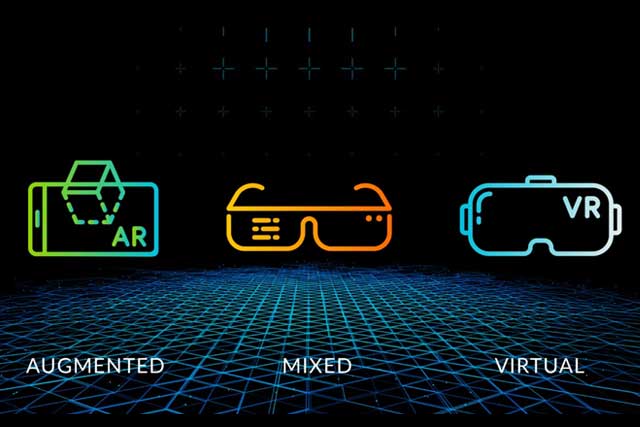XR, AR, VR, MR: What’s the Difference?
Understanding eXtended Reality (XR) and how it relates to Augmented Reality (AR), Virtual Reality (VR), and Mixed Reality (MR).
What is XR?
Extended Reality (XR) is the umbrella term for technologies that enhance or replace our perception of the world. It works by blending digital information with real environments, immersing users in fully virtual settings, or combining both—a concept often called spatial computing.
XR covers Augmented Reality (AR), Virtual Reality (VR), and Mixed Reality (MR). While they share similarities, each serves different purposes and relies on unique technologies.

XR is rapidly shaping the future of personal devices—moving from smartphone companions to powerful standalone wearables like VR headsets and AR smart glasses. These devices merge digital, real, and virtual elements into entirely new user experiences.
Augmented Reality (AR)
AR overlays digital content on the real world. Common examples include Snapchat filters and IKEA’s AR app for furniture placement. While smartphone AR is widespread, the future lies in wearable AR glasses—lightweight, powerful, and capable of real-time navigation.
These glasses rely on advanced features like 3D SLAM, object recognition, gesture tracking, and voice interaction, supported by AI and machine learning to make interactions seamless.
Recent AR smart glasses include Snap Spectacles, Lenovo ThinkReality A3, Ray-Ban Meta Smart Glasses, Amazon Echo Frames, and Meta’s Orion glasses—each pushing the boundaries of AR capabilities.
Virtual Reality (VR)
VR fully immerses users in a computer-generated environment, shutting out the real world. Once mainly used for gaming and entertainment, VR now extends to:
- Education & training
- Healthcare & rehabilitation
- Social interaction & remote work
High-quality visuals, low latency, motion tracking, and expression capture are critical for realistic VR. Standalone devices like the Meta Quest 3 are making VR more accessible and mobile than ever.
Mixed Reality (MR)
MR blends digital and physical worlds, going beyond simple overlays. It allows virtual objects to interact with real environments—and vice versa.
Examples include Pokémon Go, which mixes real-world locations with digital creatures, or advanced MR in gaming and streaming, where real players appear inside virtual worlds. MR opens new creative opportunities, especially for interactive content and live streaming.